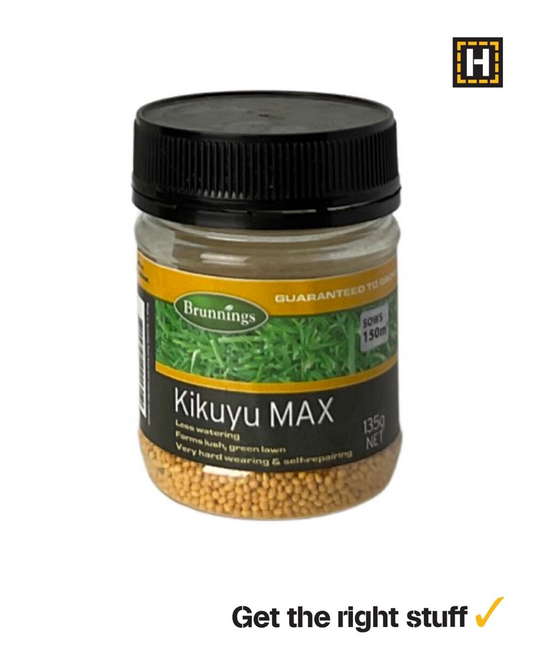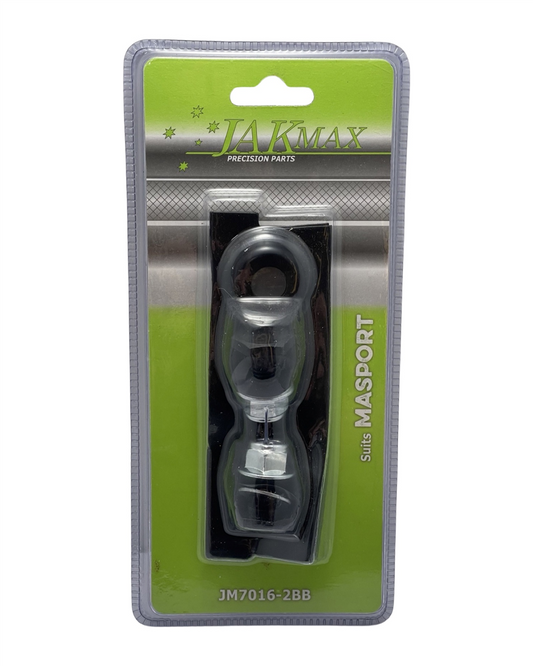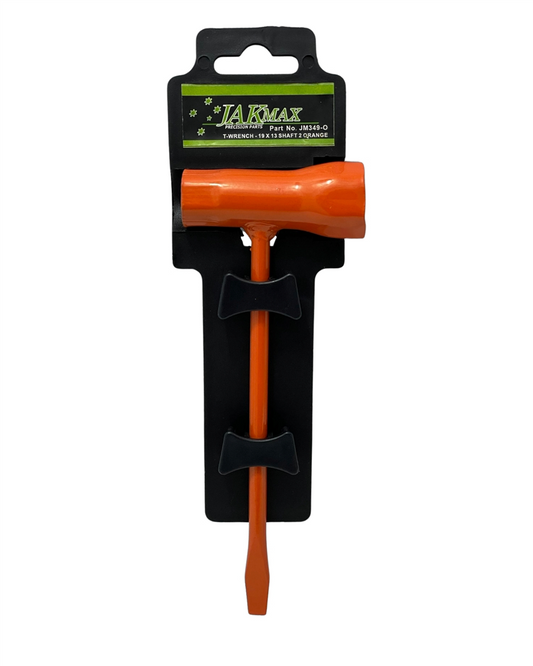How to grow vegetables that are perfect for the South Australian climate
Share
Thriving Veggie Gardens: The Best Vegetables to Grow in a Hot, Dry Climate
There’s something magical about growing your own food. Plucking a juicy tomato from the vine or crunching into a homegrown carrot is pure satisfaction. But if you’re in a place with hot, dry summers, you might wonder whether a veggie garden is even possible. Spoiler alert: It absolutely is!
The trick is choosing veggies that love the heat and can handle a bit of a dry spell. Let’s dig into the best vegetables to grow in a warm, dry climate and how to set yourself up for success.
Best Vegetables for Warm Climates
Not all plants are cut out for hot days and low rainfall, but these hardy heroes won’t let you down:
- Tomatoes: These sun-loving plants thrive in warm weather. Choose heat-tolerant varieties like Roma, Grosse Lisse, or Cherry tomatoes.
- Zucchini: Practically foolproof, zucchinis grow fast and produce heaps of fruit with minimal effort.
- Capsicum (Bell Peppers): The more sun, the sweeter they become! Give them a warm spot and watch them flourish.
- Eggplant: Another warm-weather fan, eggplants love the heat and will reward you with glossy purple fruit.
- Chillies: Hot days make for even hotter chillies—perfect for spicing up your cooking.
- Carrots: They don’t mind a bit of heat, but make sure the soil is loose and sandy for straight, happy carrots.
- Beetroot: This hardy root veggie thrives in warm temperatures and can tolerate dry spells.
- Sweet Potatoes: Unlike regular potatoes, they love heat and need very little water once established.
Setting Up Your Garden for Success
Successful gardening isn’t about luck. It’s about smart choices, and that starts with soil, water, and positioning.
Soil: The Unsung Hero
Your vegetables will only be as good as the soil they grow in. Hot climates dry out the ground fast, so boost moisture retention with organic matter like compost or well-rotted manure. Adding mulch on top keeps the soil cool and stops water from evaporating too quickly.
Watering: Less Often, But Deeper
Watering every day isn’t just tiring—it’s also not the best for your plants. Deep watering a few times a week encourages roots to grow down rather than staying near the surface. Early morning or late afternoon is best, so less water evaporates before the plants can drink it up.
Companion Planting: Nature’s Pest Control
Pairing certain plants together helps keep pests at bay and improves growth. Basil loves being next to tomatoes, repelling bugs while making your tomatoes even tastier. Marigolds ward off nasty insects, and nasturtiums lure aphids away from your precious veggies.
How to Keep Your Garden Thriving in the Heat
- Shade Cloth: A little afternoon shade can prevent plants from wilting in extreme heat.
- Drip Irrigation: This slow-release watering system is a game changer in dry climates.
- Wind Protection: Hot, dry winds suck moisture from leaves. A small hedge or garden screen can help block strong gusts.
Start Small and Build Confidence
If you’re new to gardening, don’t overwhelm yourself with a giant veggie patch. Start with a few easy plants like tomatoes and zucchinis, then expand as you gain confidence. Gardening is about learning as you go, getting your hands dirty, and (sometimes) laughing at your mistakes.
So grab your gardening gloves and start planting! Your homegrown veg will taste better than anything from a supermarket, and there’s nothing quite like the pride of picking food straight from your backyard.
 Stay Connected
Stay Connected
Join our gardening community on Facebook the Urban Gardener's Notebook
And follow our Store Facebook Page: Strathalbyn H Hardware on Facebook









